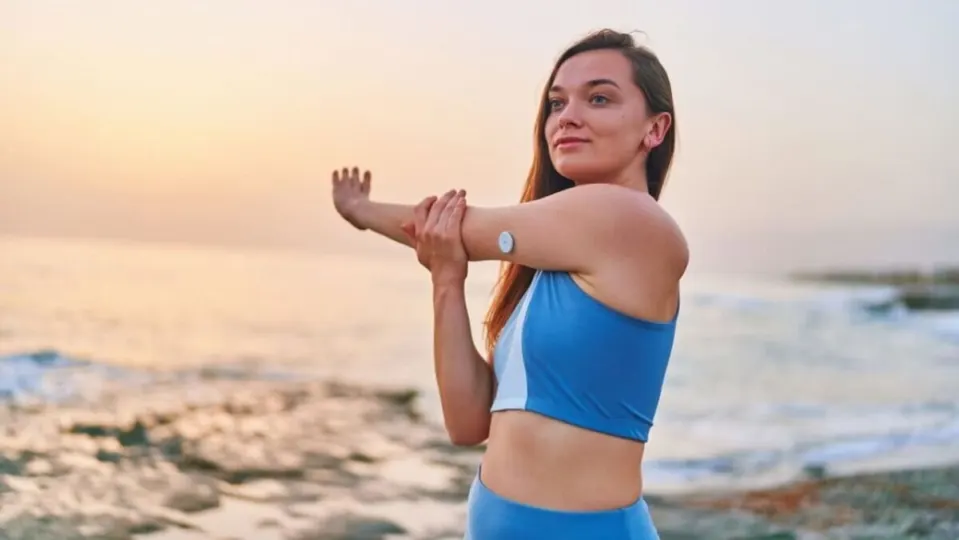It has happened to me. You arrive at the beach, and everyone is sunbathing, playing beach games, or swimming. And if you pay attention, you’ll notice that one out of every five people is wearing a white patch on their arm. What is that? That’s an MGC.
Continuous Glucose Monitors (CGMs) have been used for a long time as a tool to monitor blood sugar levels for individuals with type 1 and type 2 diabetes. However, the question remains: CGMs are used to measure blood sugar levels.
Although monitoring sugar intake is a common practice for people following strict glucose control treatment and those with persistently low blood glucose levels, CGMs have become a popular trend.
Social media influencers who have integrated a CGM into their daily lives have taken over platforms like TikTok and Instagram. Some online trainers and dietitians have praised this wearable device.
On TikTok, the hashtag #insulinresistance has 1.2 billion views, while #continuousglucosemonitor has over 32.7 million views.
History of the MGC, 1990s
Continuous glucose monitoring devices are not new. In the late 1990s, medical companies like Medtronic, Dexcom, and Abbott revolutionized the way diabetes is monitored.
The importance of continuous glucose monitoring for patients is well established as a means to improve glycemic control, especially in the case of type 1 diabetes.
CGMs are a vital tool in preventing diabetic ketoacidosis, a potentially life-threatening complication observed in type 1 diabetic patients. When blood sugar levels are too high and the body becomes stressed, diabetic ketoacidosis becomes a serious problem.
When blood sugar levels are excessively high, and the body starts breaking down fat as fuel, it can lead to a high circulation of acids in the bloodstream.
Using these devices without being a diabetic is useless
Indeed, for non-diabetics, complications arising from extremely high or low blood sugar levels are not a cause for concern. There are few studies that demonstrate overall health improvements in healthy adults from monitoring blood glucose levels.
Dr. Idz, another TikToker with over 1.7 million followers, describes the use of CGM devices in adults without any prescribed medical need as a “trait of disordered eating.”
He became a prominent figure when he started criticizing the “nonsensical health information” circulating on TikTok that “exploits people’s vulnerability.”
He argues that CGMs are not really intended for non-diabetics because “our body is designed to handle spikes.” He states that people should understand that blood glucose spikes are not a problem. In fact, it is what should happen when you consume food.
Even eating protein can trigger insulin levels to rise. This is important because people are afraid of blood glucose spikes as they believe it causes an increase in fat and insulin resistance.
Beaches full of diabetics or trendy people?
Spain is not the United States, but the reality is that more and more people on the beaches (where these devices are most visible due to people wearing sleeveless attire) are using these gadgets.
While it is true that diabetes is a relatively common disease, we cannot deny that there is a trendy aspect to all of this. Just like people who track their heart rate, steps, and blood oxygen saturation daily without any real necessity to do so.
Some of the links added in the article are part of affiliate campaigns and may represent benefits for Softonic.


